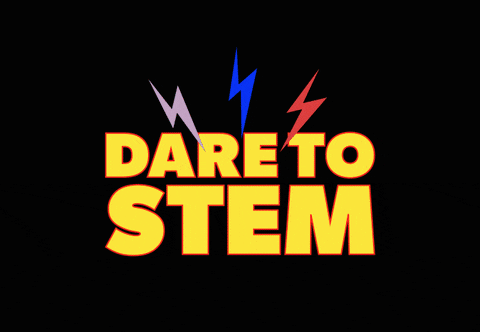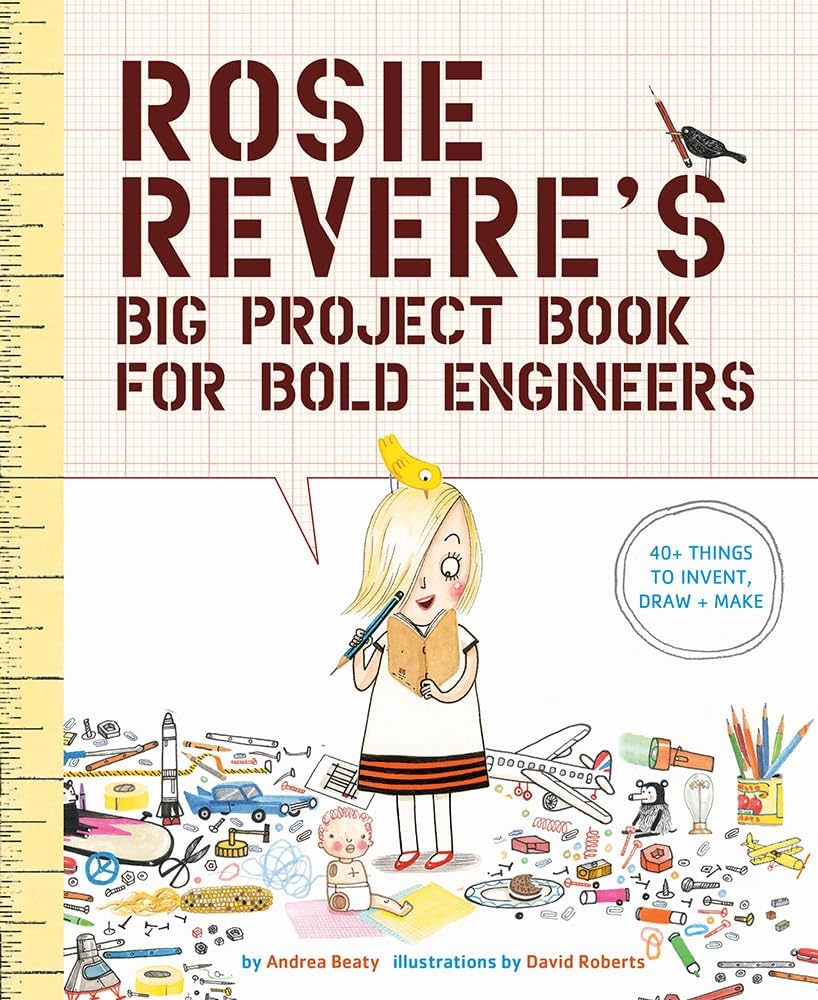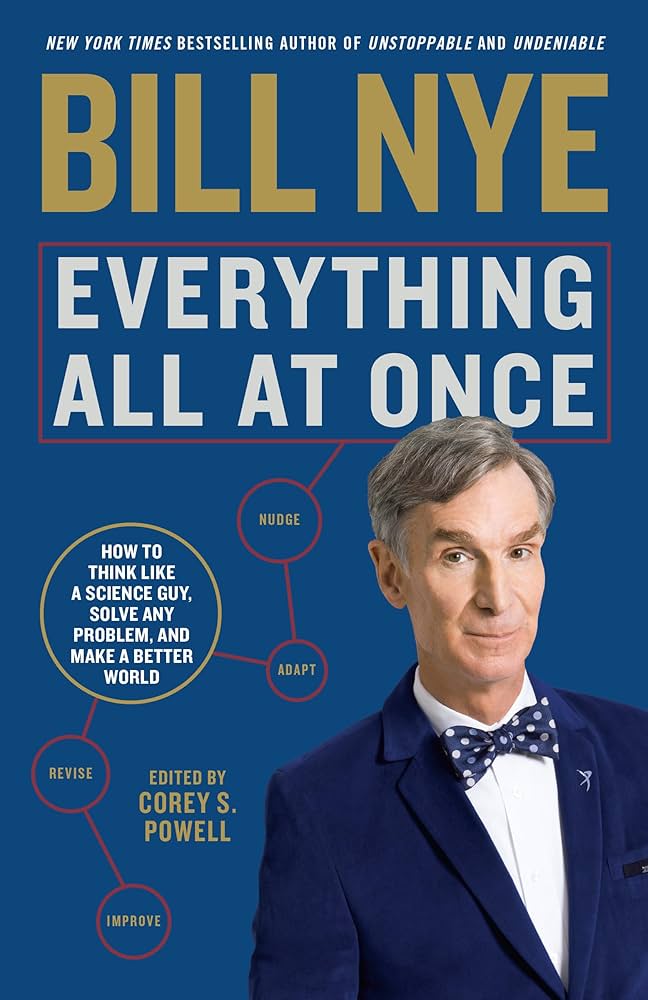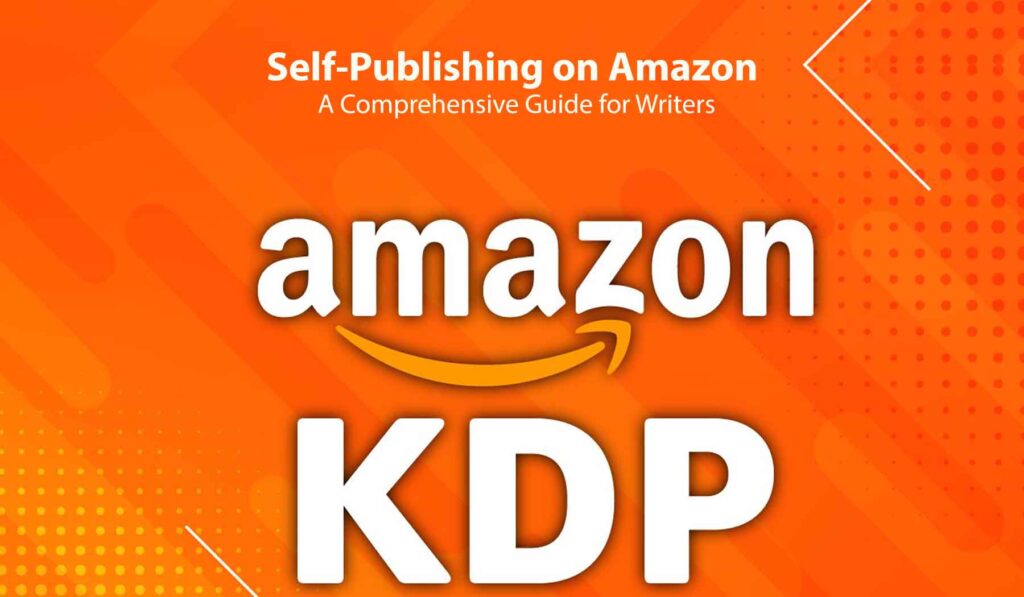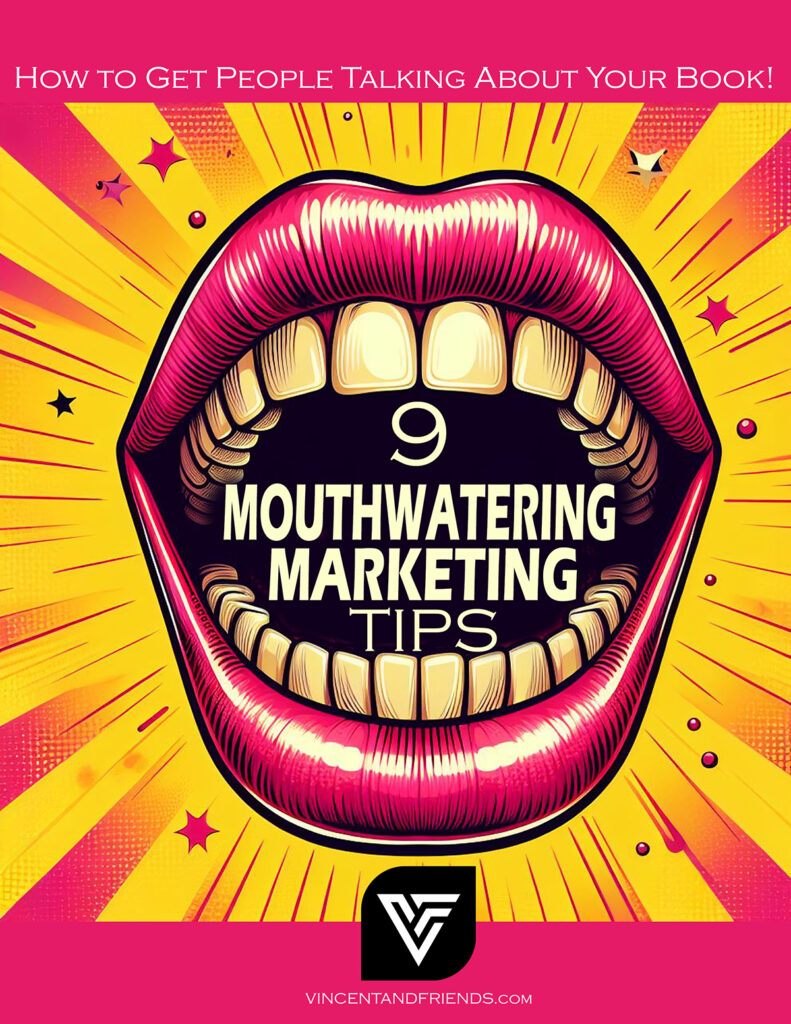The publishing industry, particularly in the field of STEM (Science, Technology, Engineering, and Mathematics) and STEAM (which includes the Arts alongside STEM), is undergoing a significant transformation.
As the demand for educational resources, reference materials, and entertainment that emphasizes these subjects grows, publishers are increasingly focusing on producing titles that not only inform and educate but also inspire innovation and creativity.
Let’s explore the intricacies of publishing STEM/STEAM titles, exploring the current trends, challenges, and opportunities in the market, and offering insights for authors, publishers, and educators looking to make a mark in this dynamic field.
The Importance of STEM/STEAM Education
STEM/STEAM education is more than just a trend; it is a crucial component of modern education that prepares students for the complexities of the 21st century.
STEM subjects foster critical thinking, problem-solving, and analytical skills, while the inclusion of the Arts in STEAM brings creativity and innovation into the mix.
This holistic approach is essential in a world where technology and creativity often intersect.
The importance of STEM/STEAM education is reflected in various sectors, from government initiatives to private enterprises.
Governments around the world are investing in STEM/STEAM education to ensure their citizens are equipped with the skills needed for future industries.
Meanwhile, companies in technology, engineering, and the arts are looking for employees who can think critically and creatively.
This growing emphasis on STEM/STEAM has created a robust market for educational materials, including books, eBooks, and other learning resources.
Market Trends in STEM/STEAM Publishing
The market for STEM/STEAM titles is diverse, catering to various age groups and educational levels.
From children’s books that introduce basic concepts in science and mathematics to advanced textbooks for university students, the demand for quality STEM/STEAM content is strong and growing.
Children’s STEM/STEAM Books
One of the most vibrant sectors in STEM/STEAM publishing is children’s literature. Parents, educators, and publishers recognize the importance of introducing STEM/STEAM concepts at an early age.
Books that make science, technology, engineering, and mathematics accessible and fun for young readers are in high demand.
Titles that feature engaging characters, hands-on activities, and visually appealing illustrations are particularly popular.
The success of books like “Rosie Revere, Engineer” by Andrea Beaty and “Ada Twist, Scientist” has shown that there is a significant market for children’s books that inspire a love of STEM/STEAM.
These books not only teach basic concepts but also empower young readers, especially girls, to see themselves as future scientists, engineers, and inventors.
Educational Textbooks and Reference Materials
For older students and educators, the market for STEM/STEAM textbooks and reference materials is equally robust.
With the increasing emphasis on STEM/STEAM education in schools, there is a constant need for up-to-date textbooks that align with current curricula.
Publishers in this space must stay ahead of the curve, ensuring their titles incorporate the latest scientific discoveries and technological advancements.
Digital publishing has had a significant impact on this sector, with many textbooks now available in eBook format or as interactive digital resources.
This shift has allowed publishers to offer more dynamic and engaging content, with features like video tutorials, interactive simulations, and online assessments that enhance the learning experience.
Popular Science and Trade Non-Fiction
Another growing segment of the STEM/STEAM publishing market is popular science and trade non-fiction.
Books that explore scientific topics in an accessible and engaging way have broad appeal, attracting readers who may not have a formal background in STEM but are curious about the world around them.
Authors like Neil deGrasse Tyson, Stephen Hawking, and Bill Nye have found success in this genre, bridging the gap between complex scientific concepts and the general public.
Trade non-fiction titles in the STEM/STEAM space often focus on current issues such as climate change, artificial intelligence, and space exploration.
These books serve an important role in educating the public about pressing global challenges and the science behind them.
Challenges in Publishing STEM/STEAM Titles
While the market for STEM/STEAM titles is promising, it is not without its challenges.
Authors and publishers in this field must navigate a complex landscape, balancing the need for accurate, well-researched content with the demand for engaging and accessible narratives.
Content Accuracy and Quality
One of the primary challenges in publishing STEM/STEAM titles is ensuring content accuracy.
Scientific information must be presented accurately, especially in educational textbooks and reference materials.
Any errors can undermine the credibility of the book and the publisher, potentially leading to a loss of trust among educators and readers.
To address this challenge, publishers often collaborate with experts in the field.
Peer review processes, where manuscripts are evaluated by professionals with relevant expertise, are commonly used to ensure the accuracy and quality of the content.
Additionally, authors with strong backgrounds in STEM/STEAM disciplines are in high demand, as their knowledge and experience lend credibility to the work.
Engaging a Broad Audience
Another challenge in STEM/STEAM publishing is engaging a broad audience. While textbooks and reference materials are typically targeted at students and educators, popular science and trade non-fiction must appeal to a wider audience.
Authors and publishers must strike a balance between providing detailed, accurate information and making it accessible and engaging for readers without a STEM background.
This challenge is particularly pronounced in children’s STEM/STEAM books, where the content must be simplified without being overly simplistic.
Authors and illustrators must work together to create stories that are both educational and entertaining, capturing the imagination of young readers while introducing them to complex concepts.
Navigating the Digital Landscape
The rise of digital publishing has transformed the STEM/STEAM publishing industry, offering new opportunities but also introducing new challenges.
Digital platforms allow for the integration of multimedia content, interactive features, and real-time updates, enhancing the learning experience.
However, they also require publishers to develop new skills and strategies for creating and marketing digital content.
Authors and publishers must consider how to best present their content in a digital format, whether through eBooks, online courses, or interactive apps.
They must also navigate the complexities of digital rights management, pricing, and distribution to ensure their titles reach the widest possible audience.
Opportunities in STEM/STEAM Publishing
Despite the challenges, there are numerous opportunities for authors and publishers in the STEM/STEAM field.
The growing demand for STEM/STEAM education, coupled with advances in technology, has created a fertile environment for innovation and creativity in publishing.
Self-Publishing and Indie Publishing
One of the most significant opportunities in STEM/STEAM publishing is the rise of self-publishing and indie publishing. Authors who may have struggled to find a traditional publisher now have the tools to publish their work independently.
Platforms like Amazon Kindle Direct Publishing (KDP), IngramSpark, and Lulu allow authors to produce and distribute their books to a global audience.
Self-publishing offers several advantages, including creative control, higher royalty rates, and the ability to reach niche audiences.
For STEM/STEAM authors, this means they can publish specialized content that may not appeal to mainstream publishers but is valuable to a specific group of readers.
Indie publishing also provides opportunities for collaboration. Small independent publishers often have the flexibility to work closely with authors, offering personalized support and guidance throughout the publishing process.
This collaborative approach can lead to the creation of high-quality STEM/STEAM titles that stand out in the market.
Interactive and Multimedia Content
The digital revolution has opened up new possibilities for interactive and multimedia content in STEM/STEAM publishing. Interactive eBooks, apps, and online platforms can provide readers with a more engaging and immersive experience, allowing them to explore concepts in greater depth and at their own pace.
For example, an interactive STEM/STEAM eBook might include video demonstrations, interactive simulations, and quizzes that reinforce key concepts.
These features can make learning more dynamic and accessible, especially for younger readers or those who struggle with traditional textbooks.
Publishers and authors who embrace these digital tools can create innovative STEM/STEAM titles that appeal to tech-savvy readers and educators looking for new ways to engage their students.
Niche and Specialized Markets
Another opportunity in STEM/STEAM publishing lies in targeting niche and specialized markets.
While mainstream publishers often focus on broad topics with mass appeal, there is a growing demand for specialized content that caters to specific interests or professional needs.
For example, a publisher might focus on producing advanced textbooks for a particular branch of engineering or creating resources for educators teaching STEM/STEAM subjects in underserved communities.
By identifying and serving these niche markets, authors and publishers can carve out a unique space in the industry and build a loyal readership.
The Role of Marketing in STEM/STEAM Publishing
Marketing plays a critical role in the success of STEM/STEAM titles. Given the competitive nature of the publishing industry, authors and publishers must employ effective marketing strategies to ensure their books reach the right audience.
Building an Author Platform
For STEM/STEAM authors, building an author platform is essential. An author platform is a combination of personal branding, online presence, and community engagement that helps authors connect with their readers and establish credibility in their field.
This can include maintaining a professional website, engaging with readers on social media, and participating in speaking engagements or workshops.
For authors with expertise in a particular STEM/STEAM subject, sharing insights through blogs, articles, or podcasts can further enhance their reputation and attract a dedicated following.
A strong author platform not only helps in promoting individual books but also builds a long-term relationship with readers, making them more likely to support future projects.
Utilizing Social Media and Online Communities
Social media and online communities are powerful tools for marketing STEM/STEAM titles.
Platforms like Twitter, LinkedIn, and Instagram allow authors and publishers to connect with potential readers, share updates about their work, and engage in conversations about STEM/STEAM topics.
Joining online communities focused on STEM/STEAM education or specific subjects can also be beneficial. These communities often have engaged members who are passionate about the topics they discuss and are likely to be interested in new books or resources.
By participating in these communities, authors and publishers can build relationships, gather feedback, and promote their STEM/STEAM titles to a highly targeted audience.
In addition to social media, authors and publishers can leverage online forums, blogs, and educational platforms to reach their audience.
Writing guest posts on popular STEM/STEAM blogs, contributing to forums like Reddit’s r/AskScience or r/education, and participating in Q&A sessions on platforms like Quora can help increase visibility and drive interest in a book.
Collaborations and Partnerships
Collaborating with educational institutions, tech companies, and other organizations involved in STEM/STEAM can be a powerful marketing strategy.
These partnerships can take various forms, such as co-hosting events, providing content for educational programs, or creating joint marketing campaigns.
For example, a publisher might partner with a school district to provide their STEM/STEAM titles as part of the curriculum, or work with a tech company to create an app that complements their books. These collaborations not only help in reaching a wider audience but also add credibility and value to the titles.
Another effective approach is to work with influencers in the STEM/STEAM community.
Influencers, such as popular science communicators, educators with a large following, or tech bloggers, can help promote a book to their audience.
Their endorsement can lend credibility and increase the book’s reach, particularly among younger readers who are active on social media.
Attending Conferences and Events
Attending conferences, book fairs, and other industry events is another important aspect of marketing STEM/STEAM titles.
These events provide opportunities to network with educators, librarians, and other professionals who can help promote the books.
They also offer a platform for authors to present their work, participate in panel discussions, and connect with potential readers.
Events like the American Library Association (ALA) Annual Conference, the National Science Teachers Association (NSTA) Conference, and the International Society for Technology in Education (ISTE) Conference are particularly relevant for STEM/STEAM authors and publishers.
By attending these events, authors and publishers can stay informed about industry trends, showcase their work, and build relationships with key stakeholders in the education and publishing sectors.
The Future of STEM/STEAM Publishing
As the demand for STEM/STEAM education continues to grow, the future of STEM/STEAM publishing looks promising. However, it will also be shaped by ongoing technological advancements, shifts in educational practices, and changes in consumer behavior.
The Rise of EdTech and Digital Learning
One of the most significant trends influencing the future of STEM/STEAM publishing is the rise of educational technology (EdTech) and digital learning.
As schools and educators increasingly integrate technology into their teaching methods, there is a growing demand for digital content that supports STEM/STEAM education.
This trend is likely to lead to an increase in the production of interactive eBooks, educational apps, and online learning platforms.
Publishers who embrace these technologies and create content that enhances digital learning experiences will be well-positioned to succeed in the evolving market.
In addition to creating digital content, publishers may also explore new business models, such as subscription-based services or partnerships with EdTech companies, to reach a broader audience.
These models can provide a steady stream of revenue and help publishers adapt to the changing landscape of education.
Diversity and Inclusion in STEM/STEAM Publishing
Another important trend shaping the future of STEM/STEAM publishing is the focus on diversity and inclusion.
There is a growing awareness of the need to represent diverse voices and perspectives in STEM/STEAM education, particularly in terms of gender, race, and cultural background.
Publishers are increasingly seeking out authors and illustrators from underrepresented groups to create content that reflects the diverse world we live in.
This includes books that feature protagonists from different backgrounds, stories that highlight the contributions of women and minorities in STEM/STEAM fields, and educational materials that are culturally relevant and accessible to all students.
Diversity and inclusion are not just ethical imperatives but also make good business sense.
Books that resonate with a diverse audience have the potential to reach a broader market and contribute to a more inclusive and equitable educational system.
The Role of Artificial Intelligence (AI) in Publishing
Artificial intelligence (AI) is poised to play a significant role in the future of STEM/STEAM publishing.
AI-driven tools can assist authors and publishers in various aspects of the publishing process, from content creation and editing to marketing and distribution.
For example, AI can be used to generate personalized learning experiences, where content is tailored to the individual needs and learning styles of students.
This could lead to the development of adaptive textbooks and learning resources that adjust the level of difficulty based on the student’s progress.
AI can also help publishers analyze market trends and consumer behavior, enabling them to make data-driven decisions about which STEM/STEAM topics are most in demand.
Additionally, AI-powered marketing tools can optimize campaigns, target specific audiences, and increase the effectiveness of promotional efforts.
While AI offers many opportunities, it also raises ethical considerations, particularly in terms of data privacy and the potential for bias in AI-generated content.
Publishers will need to navigate these challenges carefully to ensure that their use of AI aligns with ethical standards and promotes fair and inclusive practices.
Sustainability and Environmental Considerations
As concerns about climate change and environmental sustainability continue to grow, the publishing industry is increasingly focusing on sustainable practices.
This trend is particularly relevant for STEM/STEAM publishing, given the close connection between these subjects and environmental issues.
Publishers may seek to reduce their environmental footprint by adopting sustainable printing practices, using recycled materials, and minimizing waste.
Additionally, the shift to digital publishing can contribute to sustainability by reducing the need for physical resources.
Sustainability can also be a theme in the content of STEM/STEAM titles.
Books that explore environmental science, renewable energy, and conservation can help educate readers about the importance of sustainability and inspire them to take action.
Publishing STEM/STEAM titles is a dynamic and evolving field with vast potential.
As the demand for STEM/STEAM education grows, authors and publishers have the opportunity to make a significant impact by creating content that informs, educates, and inspires.
However, success in this market requires navigating challenges such as content accuracy, audience engagement, and the complexities of digital publishing.
The future of STEM/STEAM publishing will be shaped by technological advancements, a focus on diversity and inclusion, and the increasing importance of sustainability.
By embracing these trends and staying attuned to the needs of educators, students, and readers, publishers can continue to thrive in this exciting and vital sector.
Whether through traditional publishing or innovative digital platforms, the goal remains the same: to foster a love of learning and equip the next generation with the skills and knowledge they need to succeed in a rapidly changing world.
The opportunities in STEM/STEAM publishing are vast, and those who seize them will play a crucial role in shaping the future of education and society.
Written A Book? Need Help With Your Book Cover or Literary Packaging?
Looking to bring your ideas to life with captivating storytelling and imaginative flair?
Whether you need compelling copywriting, engaging written, visual or video content creation, or literary packaging that stands out, I’m here to help.
Let’s collaborate to turn your vision into reality. Reach out today to discuss your project and let’s embark on a journey of creativity together!

